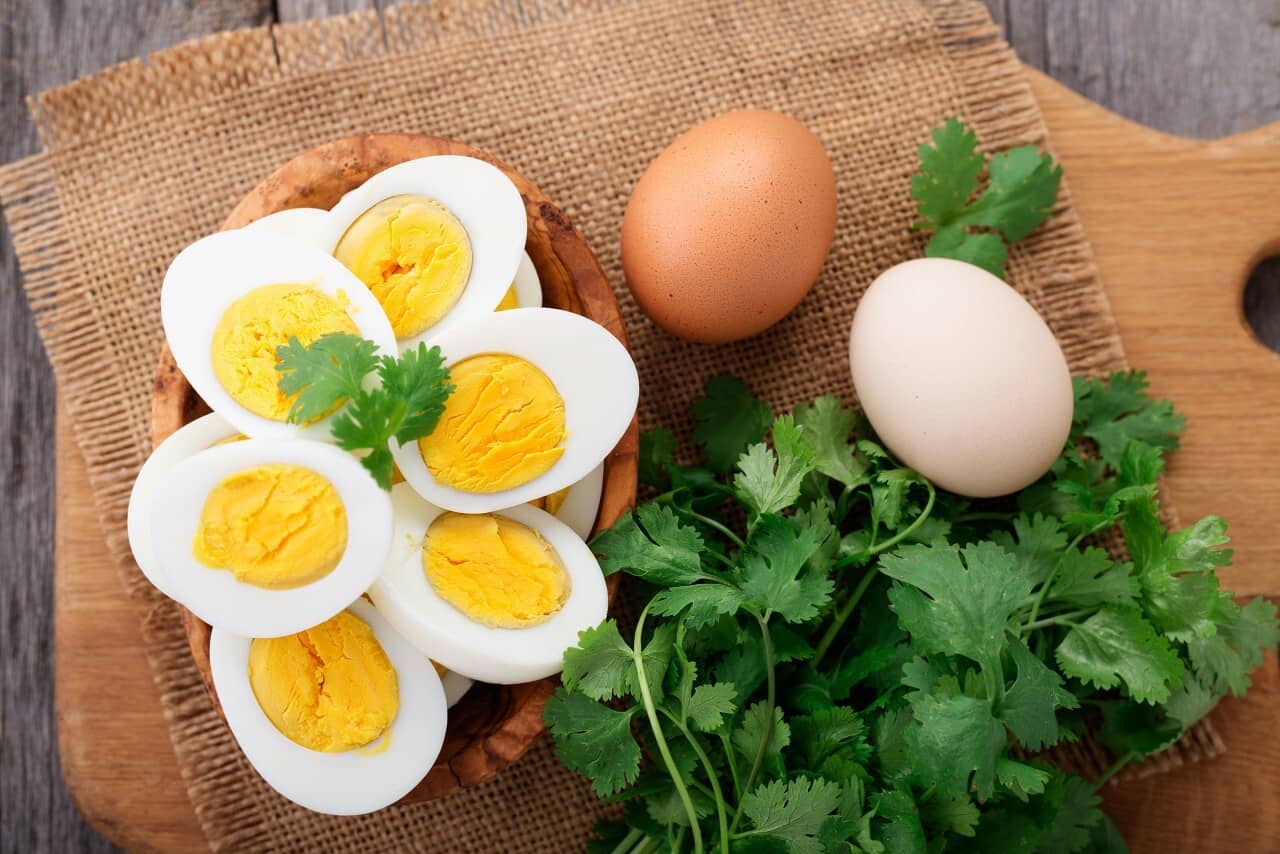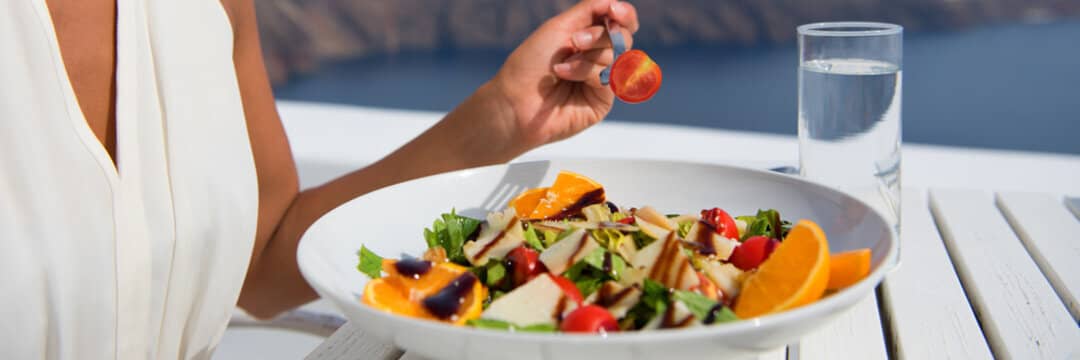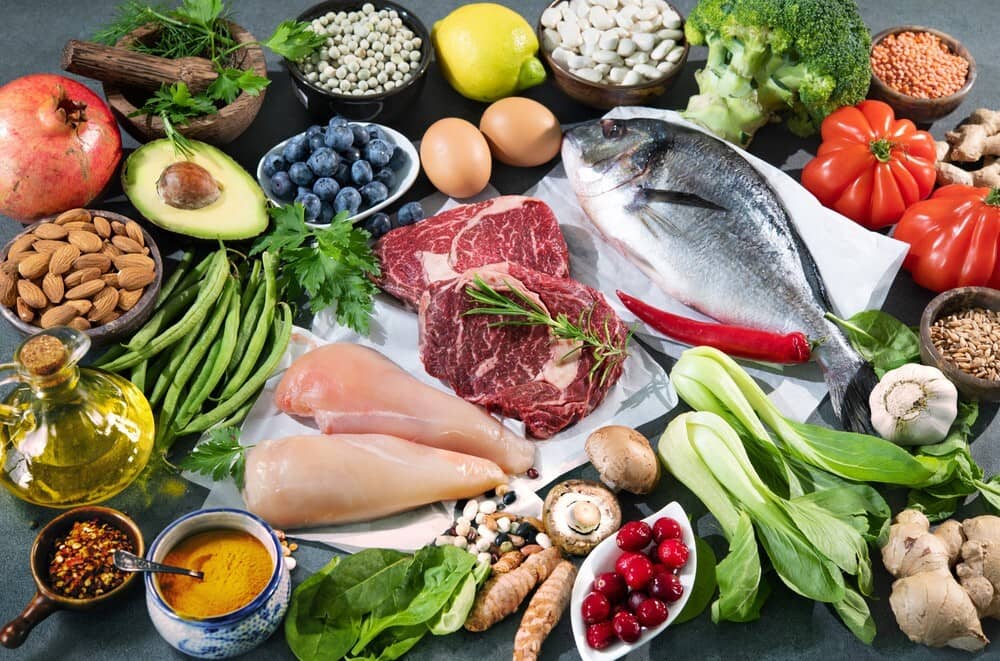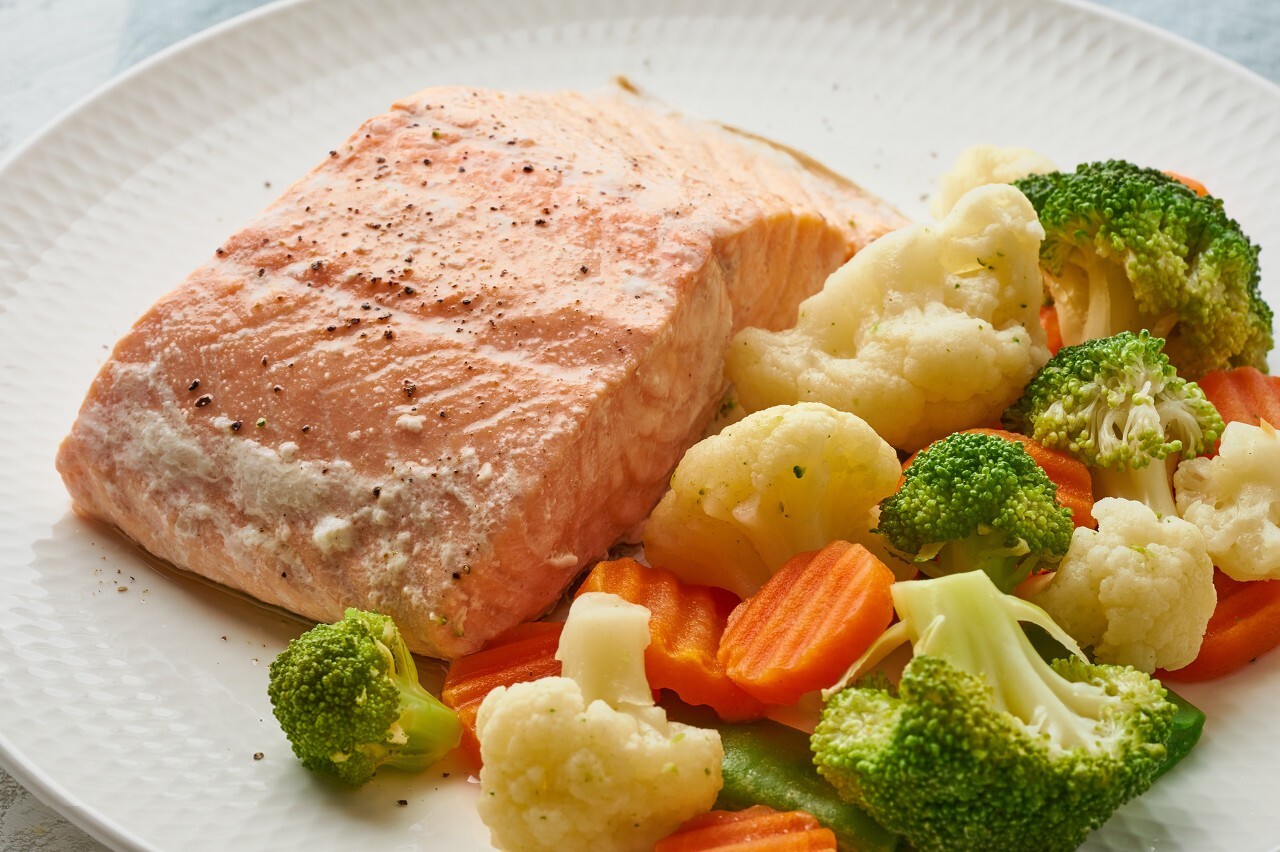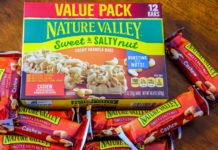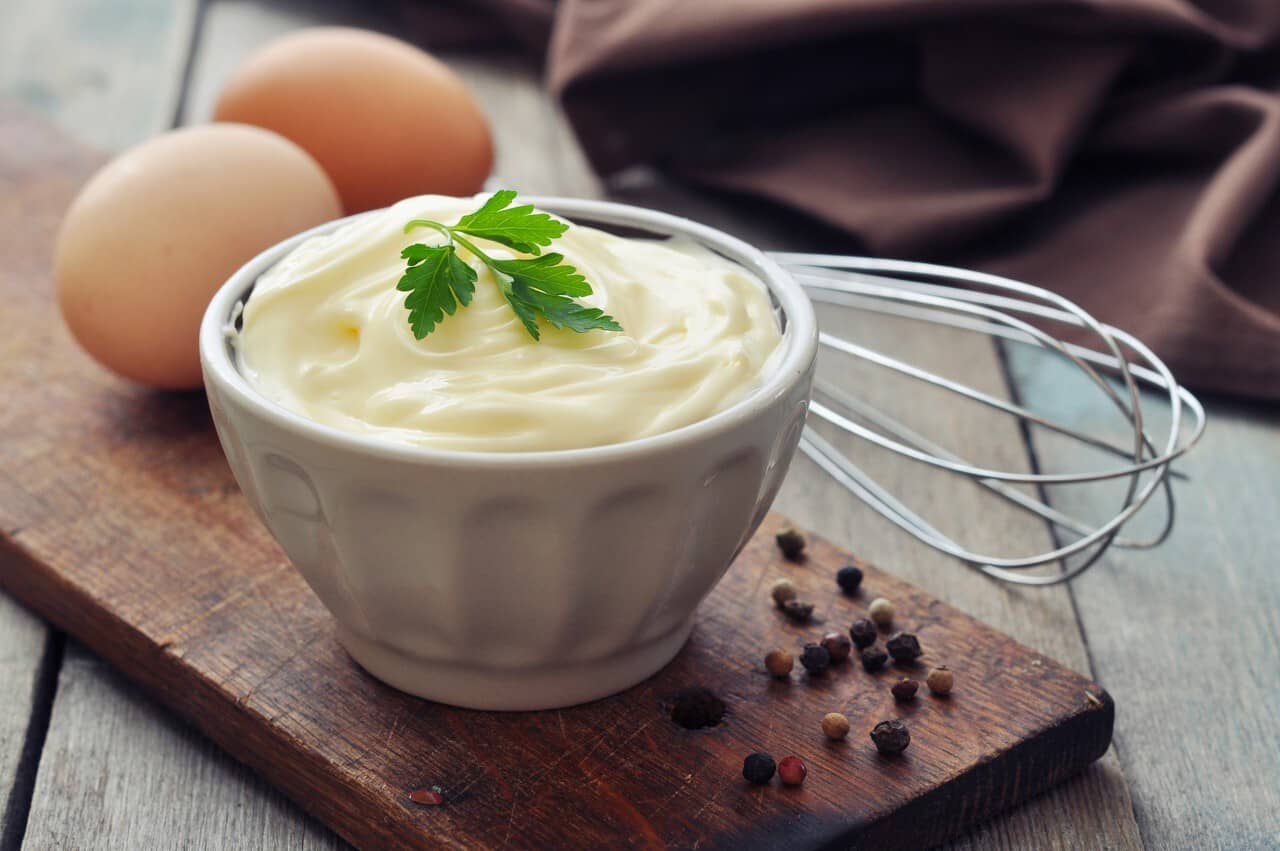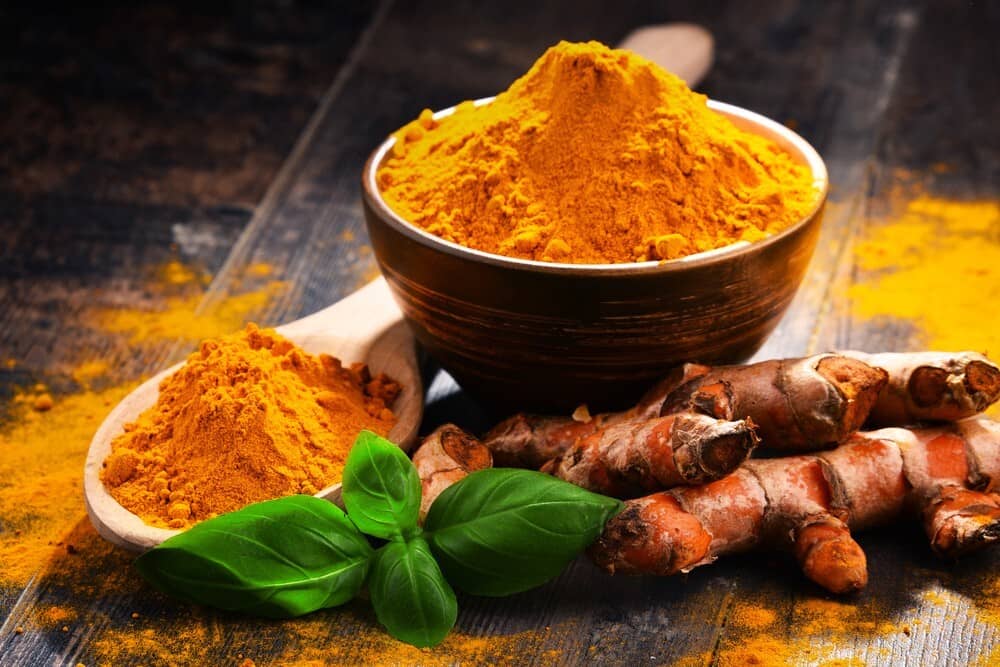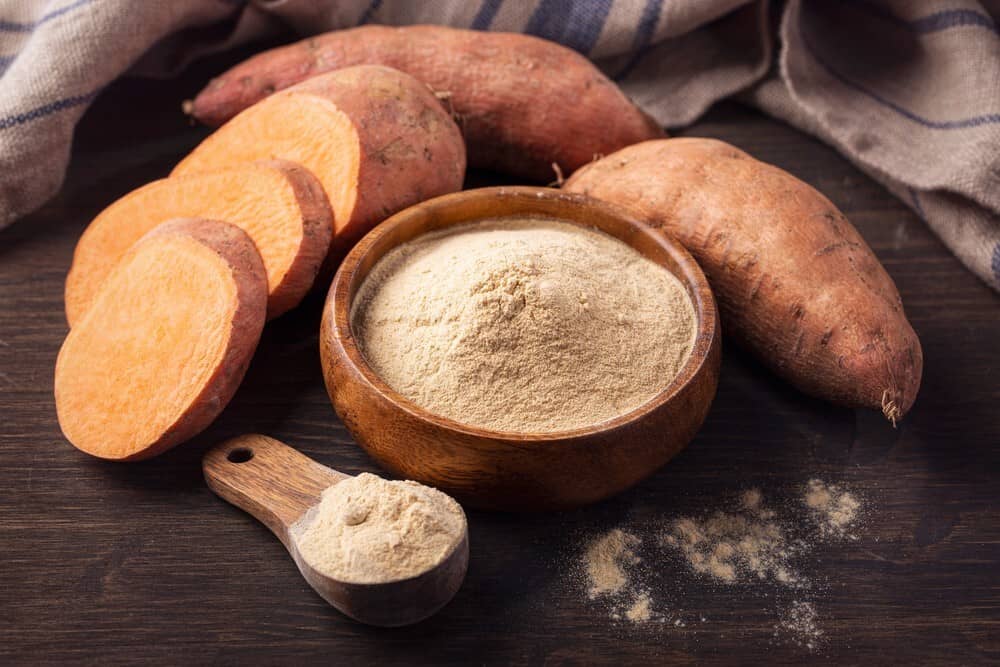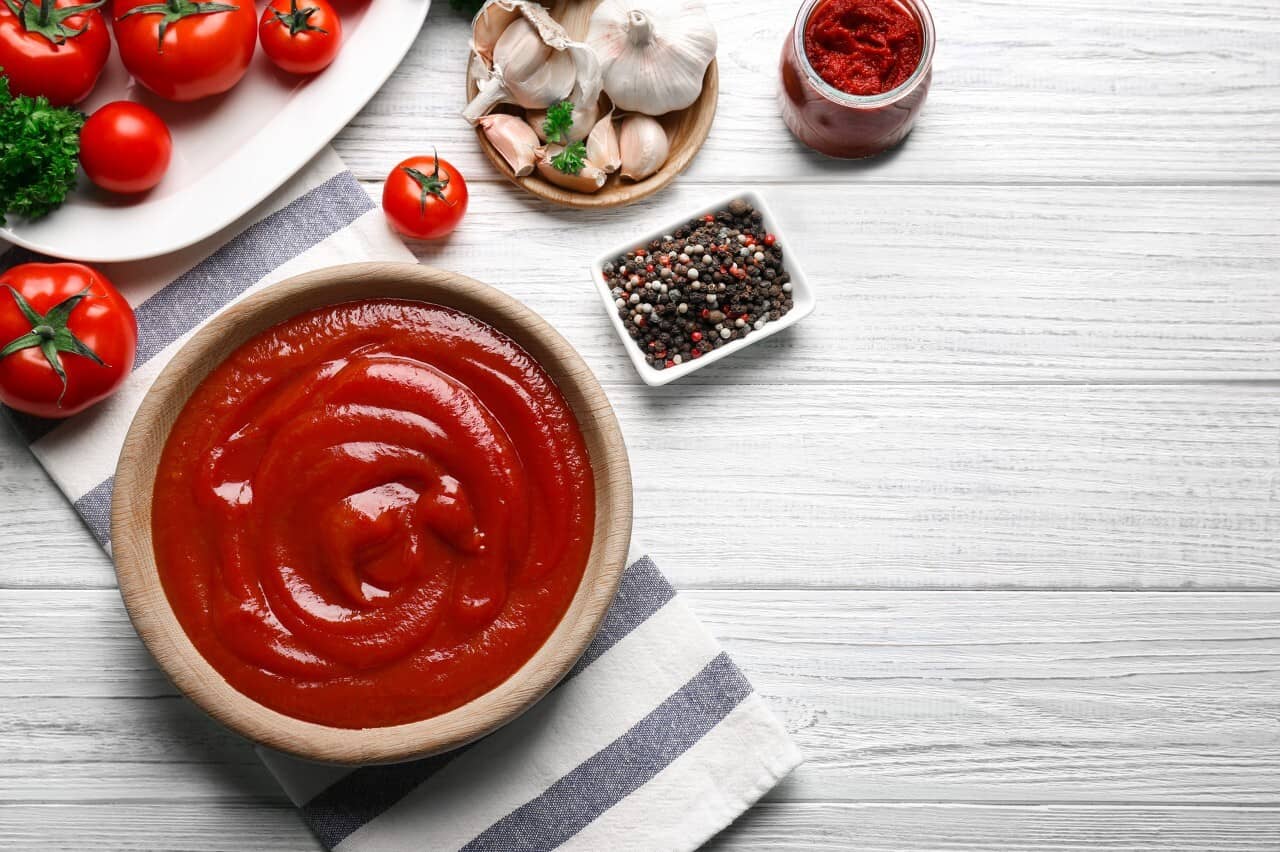Mayonnaise is a popular condiment that’s used in sandwiches, dips, and dressings. It’s a versatile ingredient that can add flavor and creaminess to a variety of dishes. But for those who are lactose intolerant or allergic to dairy, the question remains: does mayo have dairy in it? In this article, we’ll explore this question in detail.
What is Mayonnaise?
Mayonnaise is a thick, creamy condiment made from oil, egg yolks, vinegar or lemon juice, and seasonings. It’s commonly used as a spread for sandwiches, a dip for vegetables, and a base for dressings and sauces. Mayonnaise is believed to have originated in Spain in the 18th century and has since become a staple in many cuisines around the world.
What is Dairy?
Dairy refers to products that are made from milk, such as cheese, yogurt, and butter. These products contain lactose, which is a sugar found in milk. Lactose intolerance occurs when the body can’t digest lactose properly, leading to symptoms such as bloating, gas, and diarrhea.
Does Mayo Have Dairy?
Most commercially produced mayonnaise is dairy-free, meaning it doesn’t contain any milk or milk products. However, some brands of mayonnaise may contain small amounts of dairy, such as whey or casein. These ingredients are often used as stabilizers or to add flavor to the mayo.
How to Check if Mayo Contains Dairy
If you’re lactose intolerant or allergic to dairy, it’s important to check the label of the mayonnaise you’re using. Look for any ingredients that may contain milk or milk products, such as whey or casein. These ingredients are often listed on the label in bold, but if you’re not sure, check with the manufacturer or avoid the product altogether.
11 Healthy Homemade Mayonnaise Recipes
Mayonnaise is a versatile condiment that can be used in a variety of dishes. While store-bought mayonnaise can contain additives and preservatives, making your own mayonnaise at home is a healthier option. Not only can you control the ingredients, but you can also experiment with different flavors and textures. Here are 11 healthy recipes for homemade mayonnaise that are easy to make and delicious.
1. Classic Homemade Mayonnaise
Ingredients:
- 1 egg yolk
- 1 tablespoon lemon juice
- 1 teaspoon Dijon mustard
- 1/2 teaspoon salt
- 1/2 cup olive oil
Instructions:
- In a bowl, whisk together the egg yolk, lemon juice, Dijon mustard, and salt.
- Slowly drizzle in the olive oil while whisking continuously until the mixture emulsifies and thickens.
- Refrigerate for at least 30 minutes before using.
2. Avocado Oil Mayonnaise
Ingredients:
- 1 egg yolk
- 1 tablespoon lemon juice
- 1 teaspoon Dijon mustard
- 1/2 teaspoon salt
- 1/2 cup avocado oil
Instructions:
- In a bowl, whisk together the egg yolk, lemon juice, Dijon mustard, and salt.
- Slowly drizzle in the avocado oil while whisking continuously until the mixture emulsifies and thickens.
- Refrigerate for at least 30 minutes before using.
3. Garlic Aioli Mayonnaise
Ingredients:
- 1 egg yolk
- 1 tablespoon lemon juice
- 1 teaspoon Dijon mustard
- 1/2 teaspoon salt
- 1/2 cup olive oil
- 2 garlic cloves, minced.
Instructions:
- In a bowl, whisk together the egg yolk, lemon juice, Dijon mustard, and salt.
- Slowly drizzle in the olive oil while whisking continuously until the mixture emulsifies and thickens.
- Stir in the minced garlic.
- Refrigerate for at least 30 minutes before using.
4. Sriracha Mayonnaise
Ingredients:
- 1 egg yolk
- 1 tablespoon lemon juice
- 1 teaspoon Dijon mustard
- 1/2 teaspoon salt
- 1/2 cup vegetable oil
- 2 tablespoons Sriracha sauce
Instructions:
- In a bowl, whisk together the egg yolk, lemon juice, Dijon mustard, and salt.
- Slowly drizzle in the vegetable oil while whisking continuously until the mixture emulsifies and thickens.
- Stir in the Sriracha sauce.
- Refrigerate for at least 30 minutes before using.
5. Turmeric Mayonnaise
Ingredients:
- 1 egg yolk
- 1 tablespoon lemon juice
- 1 teaspoon Dijon mustard
- 1/2 teaspoon salt
- 1/2 cup olive oil
- 1/2 teaspoon turmeric powder
Instructions:
- In a bowl, whisk together the egg yolk, lemon juice, Dijon mustard, and salt.
- Slowly drizzle in the olive oil while whisking continuously until the mixture emulsifies and thickens.
- Stir in the turmeric powder.
- Refrigerate for at least 30 minutes before using.
6. Honey Mustard Mayonnaise
Ingredients:
- 1 cup of mayonnaise
- 2 tablespoons of Dijon mustard
- 2 tablespoons of honey
- 1 tablespoon of apple cider vinegar
- Salt and pepper to taste.
Instructions:
- In a small bowl, whisk together all the ingredients until well blended.
- Adjust the seasoning according to your taste.
- Transfer the honey mustard mayonnaise to a jar or container and store it in the refrigerator for up to a week.
- This sweet and tangy mayonnaise is perfect for adding some flavor to your grilled chicken or pork, sandwiches, or as a dip for your pretzels or veggies.
7. Sun-Dried Tomato Mayonnaise
Ingredients:
- 1 cup of mayonnaise
- 1/4 cup sun-dried tomatoes packed in oil, drained, and chopped.
- 1 tablespoon of tomato paste
- 1 teaspoon of dried oregano
- 1 teaspoon of garlic powder
- Salt and pepper to taste.
Instructions:
- In a small bowl, combine all of the ingredients until well blended.
- Adjust the seasoning according to your taste.
- Store the sun-dried tomato mayonnaise in a tightly sealed jar or container in the refrigerator for up to a week.
This sun-dried tomato mayonnaise adds a savory and tangy twist to your sandwiches, and burgers, or as a dip for your fries or chips.
8. Spicy Chipotle Mayonnaise
Ingredients:
- 1 cup of mayonnaise
- 2 tablespoons of canned chipotle in adobo sauce, finely chopped.
- 1 tablespoon of lime juice
- 1 teaspoon of garlic powder
- Salt and pepper to taste.
Instructions:
- In a small bowl, mix all of the ingredients until well combined.
- Adjust the seasoning according to your taste.
- Transfer the spicy chipotle mayonnaise to a jar or container and store it in the refrigerator for up to a week.
This spicy and smoky mayonnaise is perfect for adding some heat and flavor to your tacos, burritos, and sandwiches, or as a dip for your veggies or chips.
9. Cilantro Lime Mayonnaise
Ingredients:
- 1 cup of mayonnaise
- 2 tablespoons of freshly squeezed lime juice.
- 1/4 cup of fresh cilantro finely chopped.
- 1 teaspoon of garlic powder
- Salt and pepper to taste.
Instructions:
- In a small bowl, whisk together all the ingredients until smooth and well blended.
- Adjust the seasoning according to your taste.
- Transfer the cilantro lime mayonnaise to a jar or container and store it in the refrigerator for up to a week.
This zesty and herby mayonnaise is perfect for adding a burst of flavor to your fish tacos, grilled chicken, or veggies, or as a dip for your tortilla chips.
10. Wasabi Mayonnaise
Ingredients:
- 1 cup of mayonnaise
- 2 tablespoons of wasabi paste.
- 1 tablespoon of rice vinegar
- 1 teaspoon of soy sauce
- Salt and pepper to taste.
Instructions:
- In a small bowl, combine all of the ingredients until well-mixed.
- Adjust the seasoning according to your taste.
- Transfer the wasabi mayonnaise to a jar or container and store it in the refrigerator for up to a week.
This spicy and pungent mayonnaise is perfect for adding some kick to your sushi rolls, and fish dishes, or as a dip for your tempura or fried foods.
11. Honey Mustard Mayonnaise
Ingredients:
- 1 cup of mayonnaise
- 2 tablespoons of Dijon mustard
- 2 tablespoons of honey
- 1 tablespoon of apple cider vinegar
- Salt and pepper to taste.
Instructions:
- In a small bowl, whisk together all the ingredients until well blended.
- Adjust the seasoning according to your taste.
- Transfer the honey mustard mayonnaise to a jar or container and store it in the refrigerator for up to a week.
This sweet and tangy mayonnaise is perfect for adding some flavor to your grilled chicken or pork, sandwiches, or as a dip for your pretzels or veggies.
In conclusion, making your own homemade mayonnaise is not only healthier and cheaper than buying the store.
12. Classic Olive Oil Mayo
Ingredients:
- 1 large egg yolk
- 2 teaspoons lemon juice
- 1 teaspoon Dijon mustard
- 1/2 teaspoon salt
- 1/4 teaspoon sugar
- 1 cup olive oil
Directions:
- In a medium bowl, whisk together the egg yolk, lemon juice, Dijon mustard, salt, and sugar until well combined.
- Slowly drizzle in the olive oil, whisking constantly, until the mixture is thick and creamy.
- Taste and adjust the seasoning as needed. Store the mayo in an airtight container in the fridge for up to a week.
13. Avocado Mayo
Ingredients:
- 1 ripe avocado
- 1 tablespoon lemon juice
- 1/4 cup olive oil
- 1/4 teaspoon salt
- 1/4 teaspoon garlic powder
Directions:
- Cut the avocado in half and remove the pit.
- Scoop out the flesh into a blender or food processor.
- Add the lemon juice, olive oil, salt, and garlic powder and blend until smooth and creamy.
- Taste and adjust the seasoning as needed. Store the mayo in an airtight container in the fridge for up to three days.
14. Cashew Mayo
Cashews are a great source of healthy fats, fiber, and protein, making them a perfect ingredient for healthy homemade mayo.
Ingredients:
- 1/2 cup cashews soaked overnight.
- 1/2 cup water
- 1 tbsp lemon juice
- 1 tsp Dijon mustard
- 1/4 tsp salt
- 1/2 cup olive oil
Instructions:
- Drain and rinse the soaked cashews.
- In a blender, combine the cashews, water, lemon juice, Dijon mustard, and salt.
- Blend until smooth and creamy.
- While the blender is still running, slowly pour in the olive oil in a steady stream.
- Blend until the mixture thickens and emulsifies into mayonnaise.
- Taste and adjust seasoning as needed.
How to Ensure Your Mayo is Dairy-Free
When shopping for mayonnaise, it’s important to read the ingredient label carefully. Look for words like “milk,” “butter,” “cream,” “whey,” “casein,” and “lactose” to determine if the product contains dairy.
Most brands of mayonnaise are dairy-free, but there are a few exceptions. For example, some varieties of artisanal or homemade mayonnaise may contain dairy, so it’s important to check the label or ask the manufacturer.
Another way to ensure that your mayonnaise is dairy-free is to make it at home. Homemade mayonnaise is easy to make and can be customized to personal taste preferences. By making mayonnaise at home, you can control the ingredients and avoid any dairy products.
If you’re looking to avoid dairy in your mayo, there are a few things you can do to ensure that the mayo you buy or make is dairy-free. Here are some tips to help you out:
1. Check the Label
The first thing you need to do when buying mayo is to check the label for any dairy ingredients. This is especially important if you have a dairy allergy or are lactose intolerant. Look for ingredients like milk, cream, whey, casein, and lactose, which are all dairy derived.
2. Make Your Own Mayo
If you’re unsure about the dairy content of store-bought mayo or are looking for a dairy-free alternative, consider making your own mayo at home. This way, you have complete control over the ingredients and can ensure that it is dairy-free.
3. Choose Vegan Mayo
Another option is to choose vegan mayo, which is typically dairy-free. These mayos are made with plant-based ingredients like soy, pea protein, or aquafaba (the liquid from canned chickpeas) instead of eggs.
Advantages and Disadvantages of Mayonnaise
Mayonnaise is a popular condiment that is loved by many for its tangy, creamy flavor. However, it is also a high-fat food that can be unhealthy if consumed in large quantities. Here are some of the advantages and disadvantages of consuming mayonnaise:
Advantages:
1. Good Source of Healthy Fats
Mayonnaise is made with oil, which is a good source of healthy fats like omega-3 and omega-6 fatty acids. These fats are essential for maintaining good health and are also beneficial for the heart.((Vitamin E supports blood vessel health: Study (nutraingredients-usa.com)))
2. Adds Flavor to Food
Mayonnaise is a versatile condiment that can be used to add flavor to a variety of dishes. It can be used as a sandwich spread, as a dip for vegetables, or as a base for salad dressings.
3. Provides Some Nutrients
Mayonnaise is also a good source of vitamin E, which is an antioxidant that can help protect the body against damage from free radicals.((Mayonnaise, regular nutrition facts and analysis. (nutritionvalue.org)))
Disadvantages:
1. High in Calories
Mayonnaise is a high-fat food that is also high in calories. Just one tablespoon of mayonnaise can contain up to 100 calories, which can add up quickly if you’re not careful.
2. High in Saturated Fat
Mayonnaise is also high in saturated fat, which can be unhealthy if consumed in large quantities. Saturated fat is known to increase cholesterol levels, which can increase the risk of heart disease.
3. Can Contain Additives
Many store-bought mayonnaises contain additives like preservatives and flavorings, which can be unhealthy if consumed in large quantities.
Most Common Uses of Mayonnaise
Mayonnaise is a versatile condiment that can be used in a variety of ways. Here are some of the most common uses of mayonnaise:
-
Sandwich Spread
One of the most common uses of mayonnaise is as a sandwich spread. It can be used in place of butter or margarine to add flavor and moisture to sandwiches.
-
Salad Dressing
Mayonnaise can also be used as a base for salad dressings. It can be mixed with vinegar, herbs, and spices to create a creamy tang.
Although most commercially produced mayonnaise is dairy-free, some brands may contain dairy as an ingredient. It is important to read the label carefully and check for any potential allergens, including dairy, before consuming or using the product.
If you have a dairy allergy or are avoiding dairy for any other reason, there are several ways to ensure that your mayo is dairy-free. One option is to make your own mayo at home using simple ingredients like eggs, oil, lemon juice, and mustard. This allows you to control the ingredients and avoid any potential dairy products.
CONCLUSION
In conclusion, most mayonnaise is dairy-free. However, certain types of mayo may contain dairy, so it’s essential to check the ingredient label before purchasing or consuming it.
Mayonnaise is a versatile condiment that can be used in many recipes, including dips, dressings, and sandwiches. Making your own mayo at home is a great way to ensure that it is dairy-free and can also allow you to experiment with different flavors and ingredients.
If you have a dairy allergy or are lactose intolerant, it’s important to be vigilant about the ingredients in the foods you consume. Fortunately, dairy-free alternatives to mayonnaise are widely available, and making your own dairy-free mayo is a simple and rewarding process.
By understanding the ingredients in mayonnaise and learning how to make your own dairy-free version, you can enjoy this delicious condiment without compromising your health or dietary needs.
To be on the safe side, it’s always best to check the ingredients list of your favorite brand of mayo to ensure it is dairy-free. While most brands of mayo are dairy-free, there are still some that contain dairy, so it’s always better to be safe than sorry. Some of the common dairy ingredients to watch out for in mayonnaise include whey, casein, lactose, and buttermilk.
